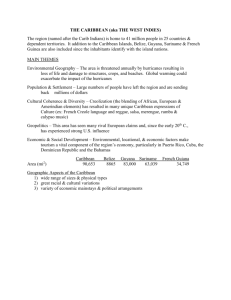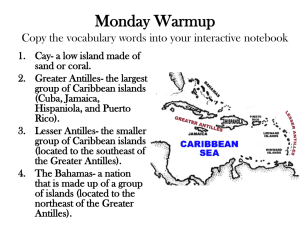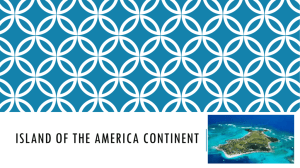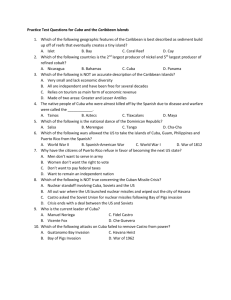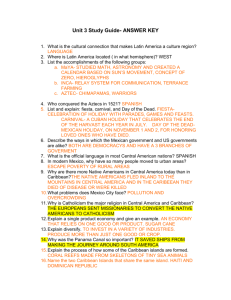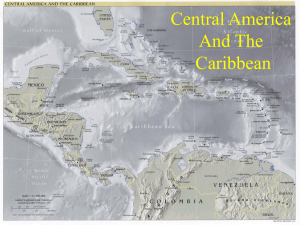European Settlement Patterns in the Caribbean cont
advertisement
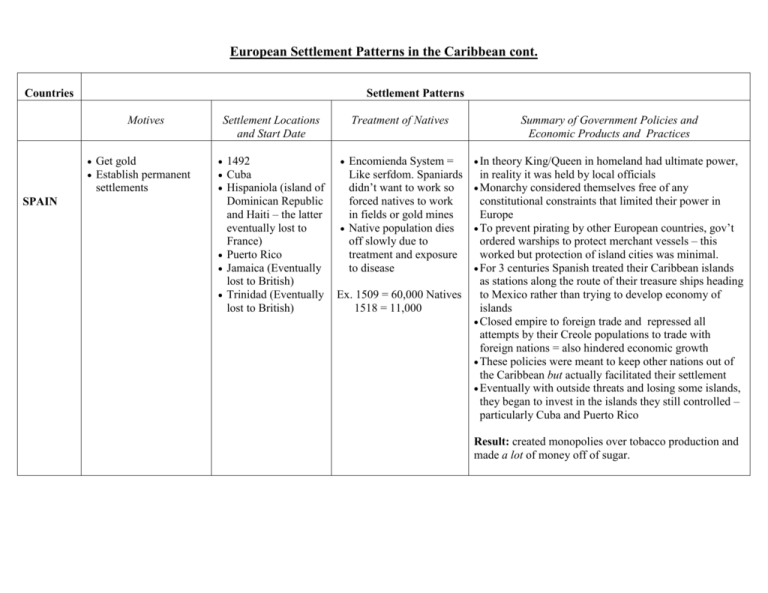
European Settlement Patterns in the Caribbean cont. Countries Settlement Patterns Motives SPAIN Get gold Establish permanent settlements Settlement Locations and Start Date 1492 Cuba Hispaniola (island of Dominican Republic and Haiti – the latter eventually lost to France) Puerto Rico Jamaica (Eventually lost to British) Trinidad (Eventually lost to British) Treatment of Natives Encomienda System = Like serfdom. Spaniards didn’t want to work so forced natives to work in fields or gold mines Native population dies off slowly due to treatment and exposure to disease Ex. 1509 = 60,000 Natives 1518 = 11,000 Summary of Government Policies and Economic Products and Practices In theory King/Queen in homeland had ultimate power, in reality it was held by local officials Monarchy considered themselves free of any constitutional constraints that limited their power in Europe To prevent pirating by other European countries, gov’t ordered warships to protect merchant vessels – this worked but protection of island cities was minimal. For 3 centuries Spanish treated their Caribbean islands as stations along the route of their treasure ships heading to Mexico rather than trying to develop economy of islands Closed empire to foreign trade and repressed all attempts by their Creole populations to trade with foreign nations = also hindered economic growth These policies were meant to keep other nations out of the Caribbean but actually facilitated their settlement Eventually with outside threats and losing some islands, they began to invest in the islands they still controlled – particularly Cuba and Puerto Rico Result: created monopolies over tobacco production and made a lot of money off of sugar.


